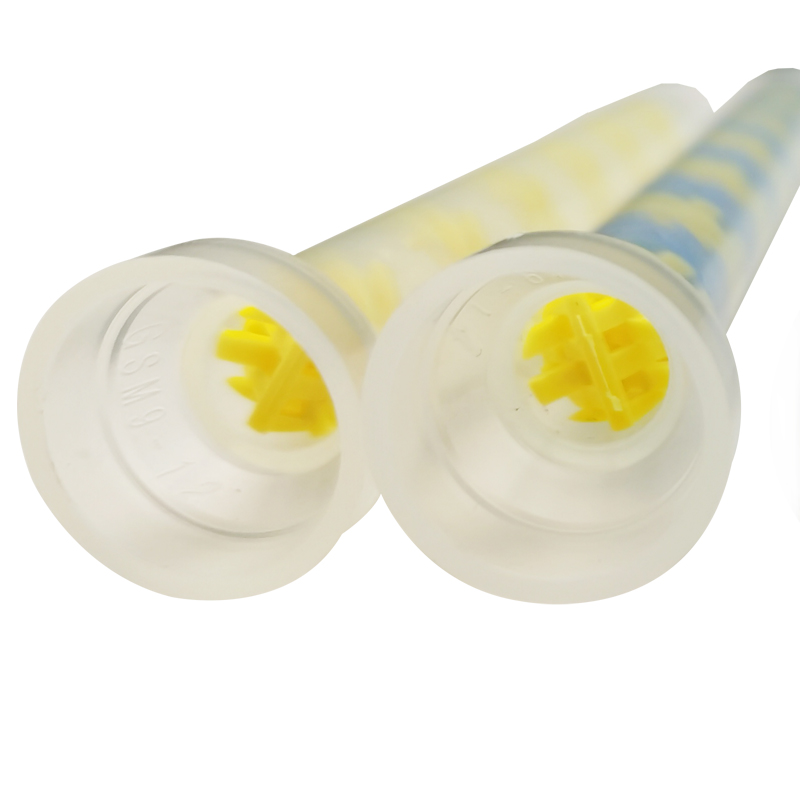Epoxy mixing nozzles are essential tools for achieving precise and consistent epoxy resin mixtures in various DIY projects. However, like many tools, epoxy mixing nozzles can be susceptible to mold growth if not properly cleaned and stored. In this article, we will explore the factors that contribute to mold growth in epoxy mixing nozzles, the potential risks it poses, and effective strategies to prevent and address this issue.

Why Mold Growth in Epoxy Mixing Nozzles
Mold growth occurs in environments where moisture, organic matter, and darkness converge. While epoxy is known for its durability and resistance to moisture, the residual components left within mixing nozzles can create conditions conducive to mold growth. This growth can compromise the integrity of the nozzle and potentially affect the quality of your epoxy projects.
Factors Contributing to Mold Growth
-
Residue Buildup:
If epoxy residue is left within the nozzle after use, it can mix with dust and particulates present in the surrounding environment. This mixture, combined with any residual moisture, creates an environment ideal for mold to develop.
-
Moisture:
Despite epoxy’s ability to cure and harden, trace amounts of moisture may remain within the nozzle. This moisture, either from the environment or the epoxy components themselves, can create a foundation for mold growth.
-
Darkness and Enclosed Storage:
Epoxy mixing nozzles are often stored in toolboxes, cabinets, or other confined spaces where darkness and limited ventilation prevail. These conditions create an environment where mold spores can multiply.
-
Organic Contaminants:
Organic materials such as dirt, oils, and leftover epoxy components can provide nourishment for mold growth. If these contaminants are present in the nozzle, they can exacerbate the issue.
Preventing Mold Growth
-
Thorough Cleaning:
After each use, ensure that the epoxy mixing nozzle is thoroughly cleaned. Use an appropriate solvent to remove any remnants of epoxy residue. Prompt cleaning reduces the likelihood of mold development.
-
Drying:
Allow the nozzle to air dry completely before storing it. Ensuring that the nozzle is dry helps eliminate the moisture necessary for mold growth.
-
Proper Storage:
Store the nozzle in a clean, dry, and well-ventilated area. Consider using a sealable container or bag to protect the nozzle from dust and moisture.
-
Regular Inspection:
Periodically inspect the nozzle for any signs of mold growth or contamination. Swift action at the first sign of mold can prevent further issues.
Addressing Mold Growth
Dispose of Contaminated Nozzles: If mold growth is detected or if the nozzle cannot be adequately cleaned, it’s best to dispose of the nozzle properly and use a new one. Safety should always be a priority.
Conclusion
Mold growth in epoxy mixing nozzles is a potential challenge that can be managed with awareness and proper care. By understanding the factors that contribute to mold growth, adopting preventive measures, and addressing the issue promptly, you can ensure the longevity of your epoxy mixing nozzles and maintain the quality of your DIY projects. Remember, a clean and well-maintained nozzle is not just a tool—it’s a cornerstone of successful and safe epoxy craftsmanship.
